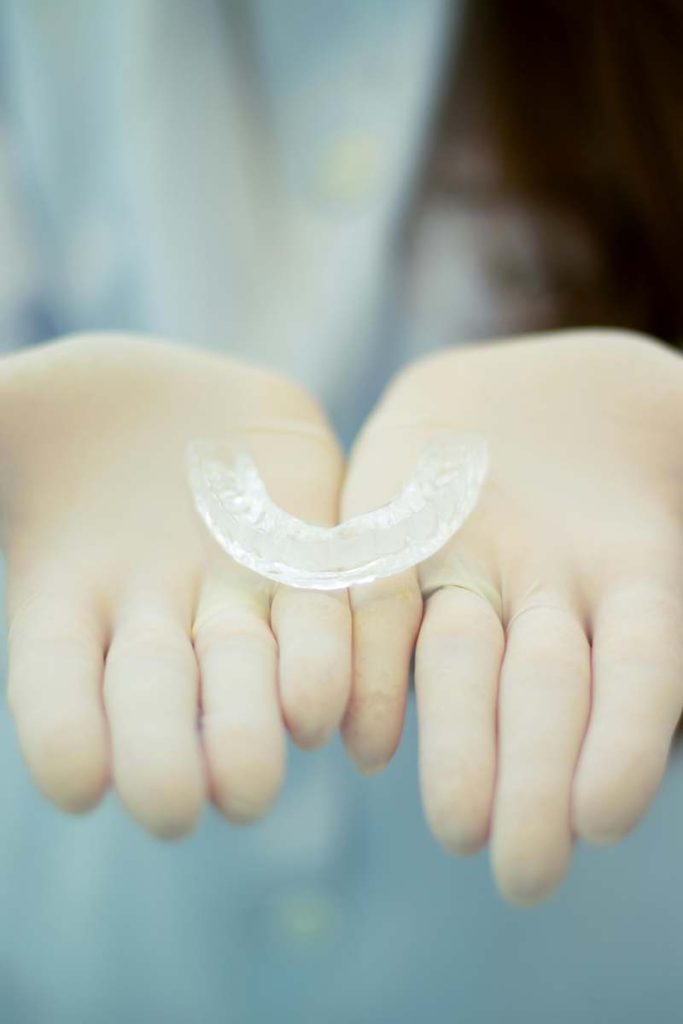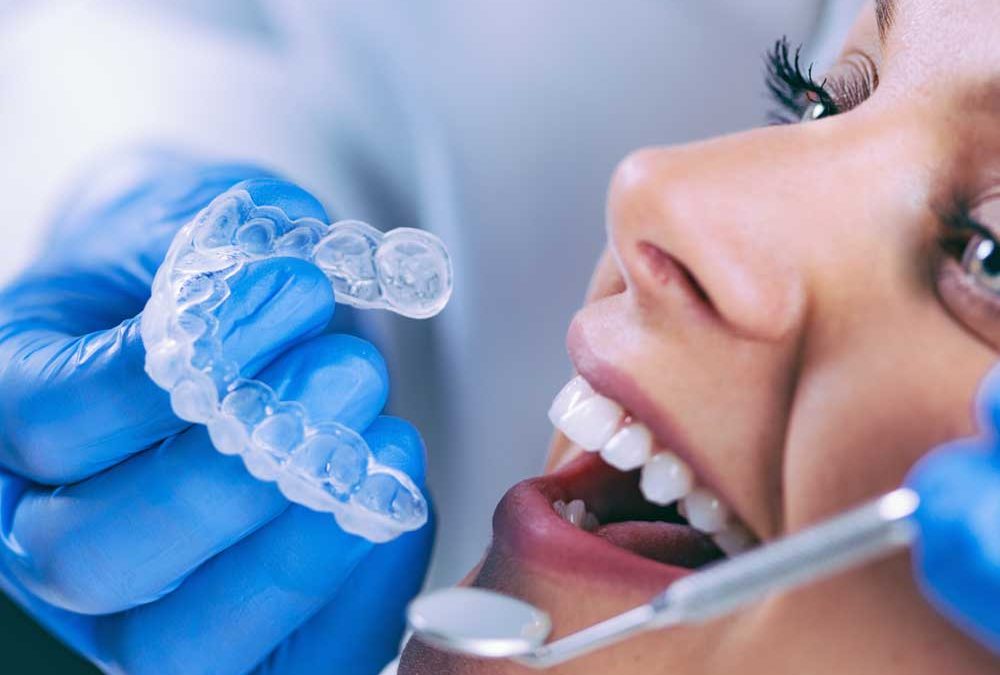Invisalign cannot fix all types of teeth issues. While it is an effective solution for many dental problems, it is best suited for mild to moderate misalignments, such as overbite, underbite, crossbite, and crowding. Invisalign uses clear aligners to gradually shift teeth into position, making it a popular, discreet alternative to traditional metal braces. In the UK, over 600,000 people have chosen Invisalign, showing its growing popularity. However, for more complex issues like severe bite problems or extreme tooth rotations, traditional braces may be a better option. It’s important to consult with an orthodontist to determine if Invisalign is right for your specific needs.
Common Dental Issues That Invisalign Can Fix
Invisalign is effective for a range of dental issues, particularly mild to moderate cases of misalignment. It is commonly used to treat problems such as overbite, underbite, crossbite, and crowding. According to the NHS, around 30% of adults in the UK have some form of misalignment that may require orthodontic treatment. Invisalign can help address these issues by gently moving the teeth into their correct positions without the need for traditional braces.
Invisalign is especially popular among adults due to its discreet nature. Research shows that 70% of adults in the UK seeking orthodontic treatment prefer clear aligners over metal braces. This is largely because Invisalign aligners are almost invisible and can be removed for eating and cleaning, making them more comfortable and convenient for daily life.

Limitations of Invisalign
While Invisalign can treat many types of dental misalignment, there are some limitations. More complex cases, such as severe bite problems or extreme tooth rotations, may not be suitable for Invisalign alone. In these situations, traditional braces might be more effective as they provide more precise control over tooth movement.
For instance, if a patient has a significantly rotated tooth or large gaps that require major adjustments, traditional braces may be necessary to achieve the best results. In some cases, Invisalign treatment might also need to be supplemented with additional dental procedures such as attachments or elastics to reach the desired outcome. It’s important to discuss this with your orthodontist during the consultation.
Who is Suitable for Invisalign?
Invisalign is ideal for individuals with mild to moderate alignment issues, such as slight crowding or spacing. It’s essential to have a consultation with a qualified Invisalign provider who can assess your specific needs and determine whether Invisalign is the right treatment for you. More orthodontists in the UK are offering Invisalign as an option, and many adults are choosing it for both cosmetic and health reasons. However, if you have more complex dental issues, traditional braces may be a better choice for you.
Conclusion
Invisalign can address a wide variety of dental issues, particularly those that involve mild to moderate misalignment. The clear, removable aligners make it an appealing choice for those looking for a discreet alternative to traditional braces. However, for more severe dental problems or complex bite issues, traditional braces may still be the most effective solution. To find out if Invisalign is the right treatment for you, it’s important to consult with an experienced orthodontist who can evaluate your dental needs and recommend the most appropriate course of action. With professional care and guidance, Invisalign can help many people in the UK achieve a straighter, healthier smile.


Recent Comments